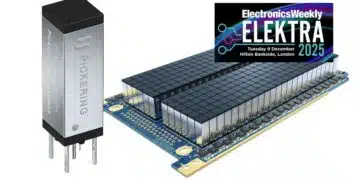This webinar gives an introduction into the online design tool REDEXPERT® for MagI³C Modules. Focus of the webinar is on the self-developed thermal tool for REDEXPERT®.
With this tool, the power dissipation and surface temperature of the MagI³C Power Module can be determined and heat distribution on the entire PCB can be uniquely displayed on a heat map. Finally, an example of a thermally optimized module selection with REDEXPERT® is given using a concrete application, to show the added value of thermal simulation during the design-in phase.
Source:
Würth Elektronik































